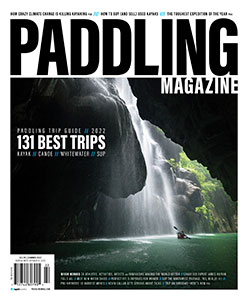Many years ago a Cree man came south from Hudson Bay to take a course with me. He was not an experienced paddler and I taught him many strokes. There was one in particular he loved; he practiced it a lot and by the time he left he was looking good. Shortly after, he got in touch with me and he told me an amazing story.
When he returned home he demonstrated his new skills to his extended family. He finished off with his favorite stroke and as he paddled to shore he noticed that his Grandmother was crying. He asked her, “Grandma, why are you crying?” She told him that she remembered her grandfather doing that exact stroke many years ago. The stroke was what my Dad called the Indian Stroke.
The Indian Stroke, also called a Rolling J and Silent Stroke, is ancient. It’s ideal for traveling quietly, without splashing and the sound of droplets falling from the blade. This is the stealth version of a J-stroke. It’s great when there is wildlife nearby that you don’t want to disturb, and also for traveling quietly in a relaxed and unhurried manner.
Silent canoe stroke in 5 steps
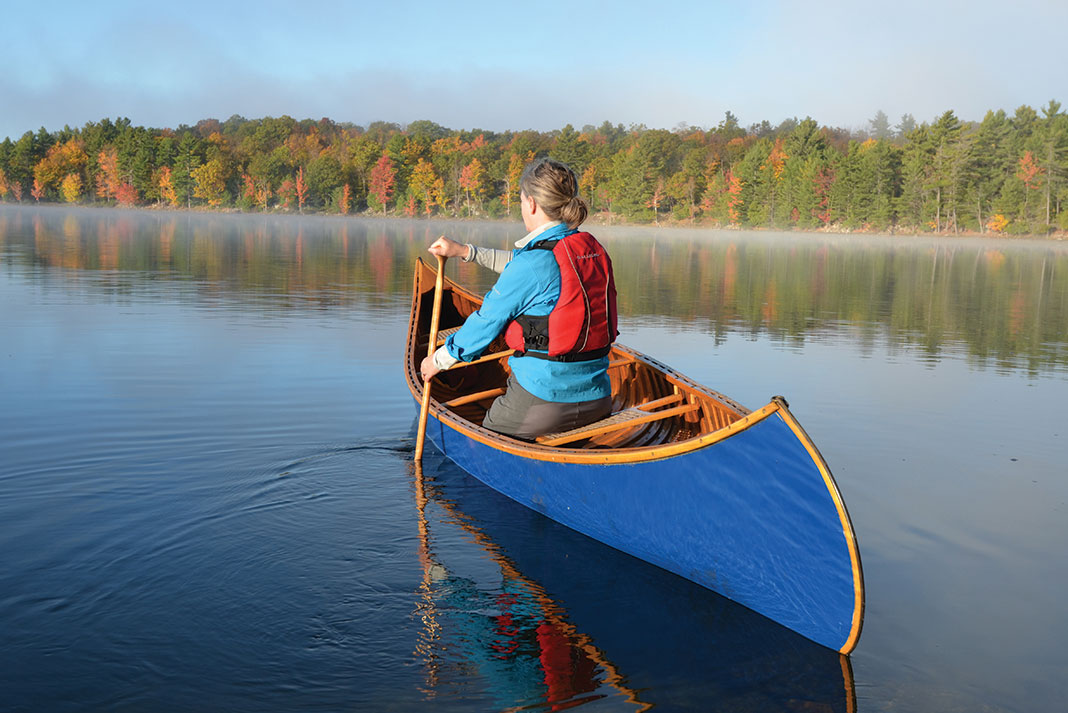
1 Perpendicular paddle
Start with your paddle blade perpendicular to the canoe, and in the water just in front of your knees.
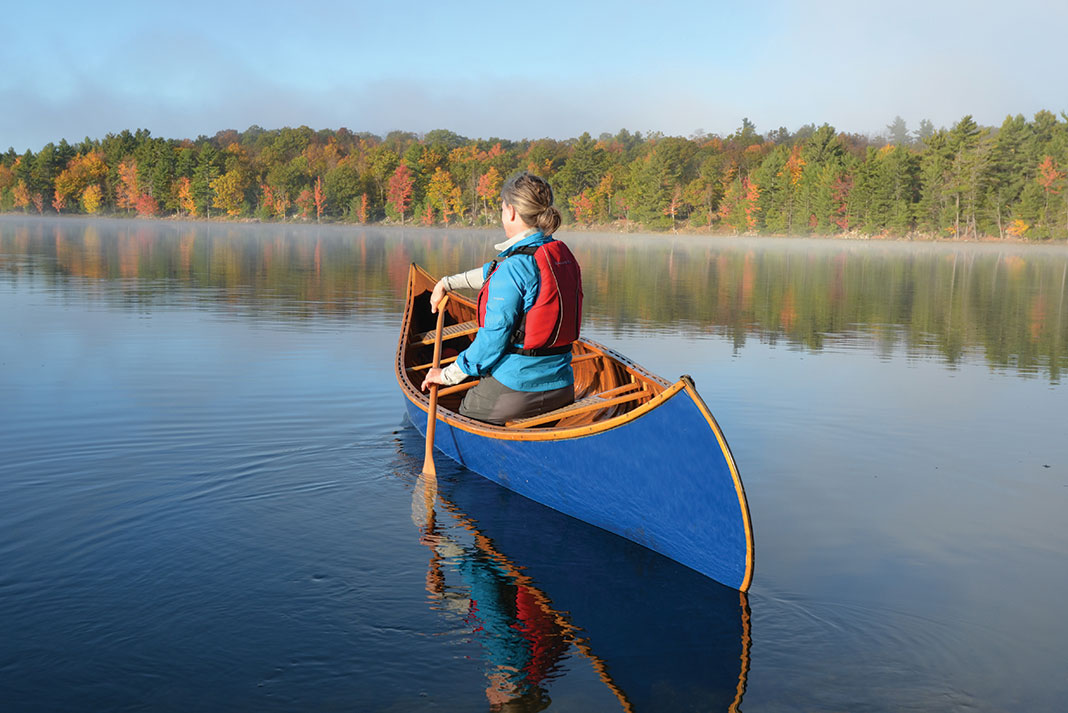
2Initiate a J-stroke
Take a gentle forward stroke and as the blade reaches your hips, initiate a J-stroke by turning your grip hand thumb down then pushing away from the hull.
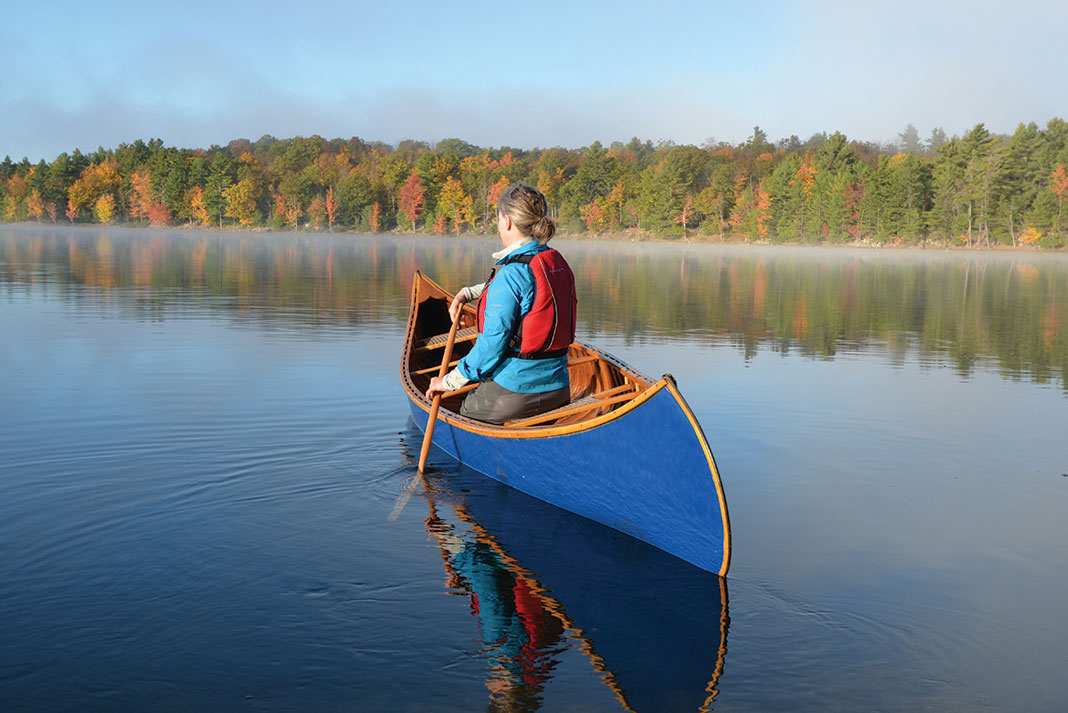
3 Do the palm roll
As the J-stroke finishes, relax your grip hand and flip that hand’s position so that your thumb is now facing you. This is the palm roll and it is the most important and prettiest part of the stroke.
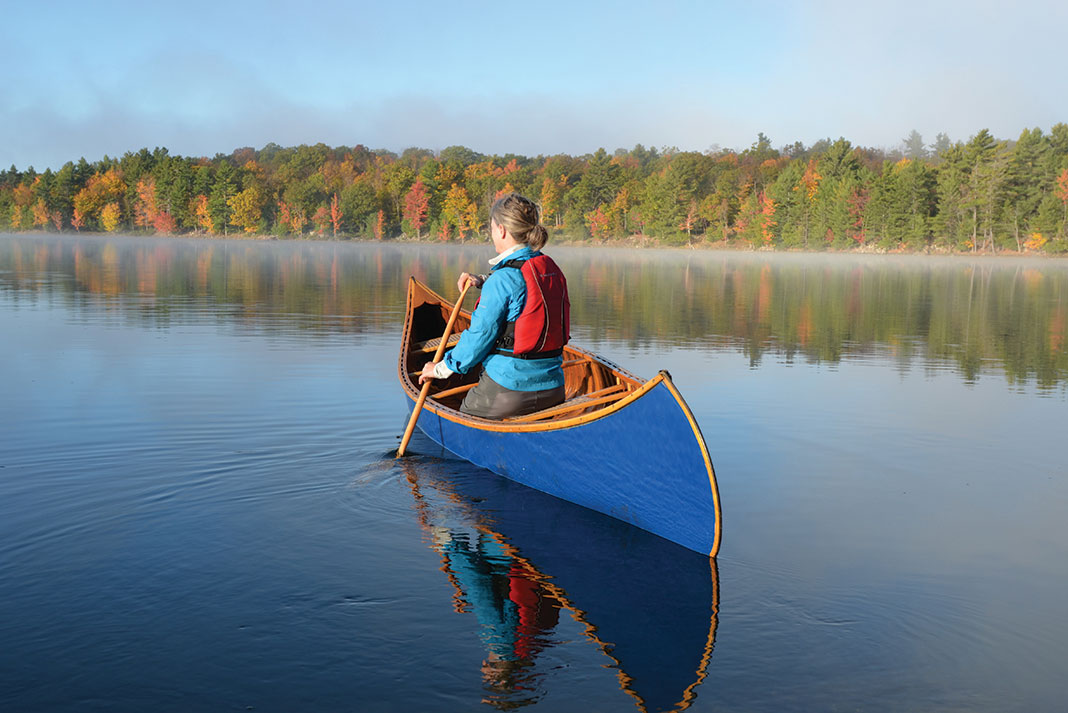
4 Return your blade
Now slice the blade forward, keeping it in the water and parallel to the canoe.
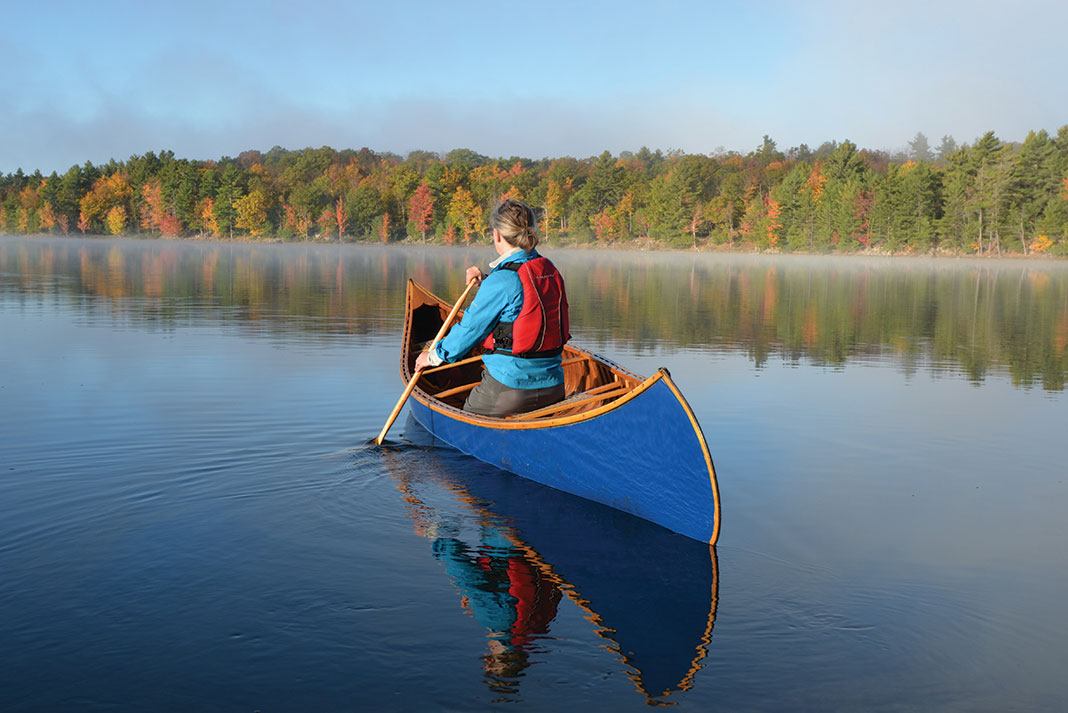
5 Slight bow draw to steer
As you set up for the next stroke, you will find it natural to start with a slight bow draw to help with steering and to connect seamlessly into the next forward stroke.
Silent canoe stroke tips
- The power face of the paddle changes because of the palm roll at the end of each stroke.
- The palm rotations are done slowly, like gently rubbing oil into the grip with the palm of your hand.
- Keep the throat of the paddle just above the waterline throughout the stroke. This reduces splashes and gurgles, and increases efficiency.
- If you are trying to get close to wildlife slow your movements and minimize your reach. Your stroke can be as short as six inches and still be effective.
Shhhhhhhhhhhhhhhhhhh! | Feature photo: Reid McLachlan


